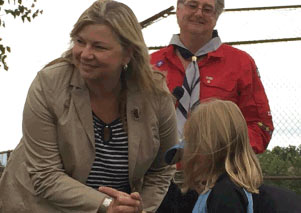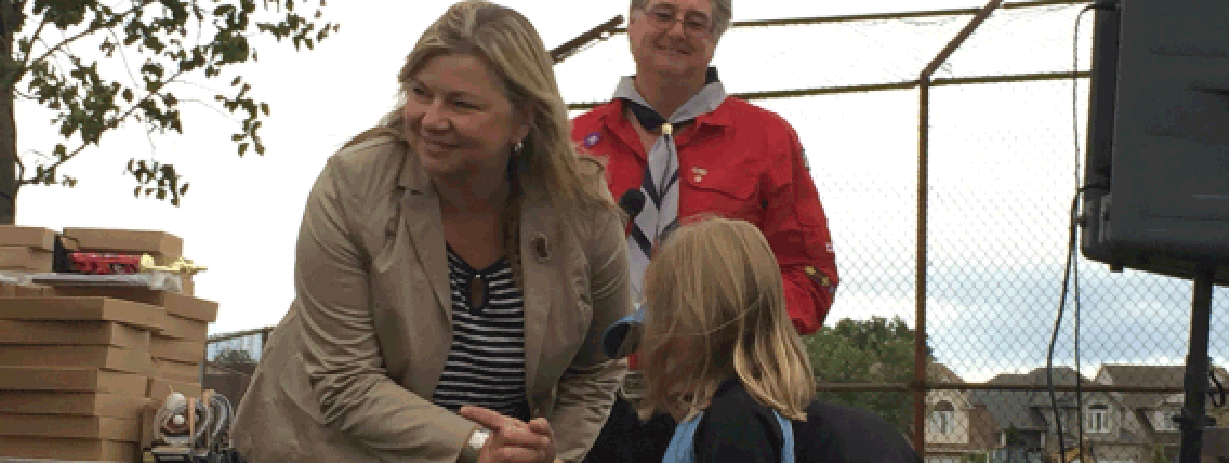
If you are in the position to purchase or modify your “forever home”, you may want to give some thought to how your home will accommodate you as you age. Ageing in place is something that you may be able to do relatively easily, if you take aging in place into consideration when you purchase or renovate your home. These are a few things that you should consider…
Access, Access, Access
How easily can you access the home? If you do not have a level walkway and front entrance, is there enough room to have a lift or ramping installed (ramping requires 12 feet of run for every one foot of rise), or is there easy access through the garage, where you are protected from the elements? Did you know, if you build a walkway at 1:21 it no longer is a ramp, and you can landscape it to beautify your curb appeal?
Can you access the main floor? Is it open and without those pesky changes in level (think split level townhouses, or even those pesky 1960’s sunken living rooms) You will need this if you have any mobility issues and need to use a walker or wheelchair.
And speaking of walkers and wheelchairs, are the hallways and doorways wide enough to accommodate you and your mobility aid around a corner? If you have a narrow door to the bathroom, and you are renovating it, budgeting for door widening is a must!
And the last thing about access – is there a bathroom on the first floor that has or is big enough to accommodate a three piece bath suite? Not having the ability to accommodate a bathroom is the number one reason people with mobility issues move residence.
While you’re at it…
Already mentioned was widening the doorway to the bathroom. While you’re at it, widen the door to your bedroom, or any room in which you have an expectation of privacy.
And if you are renovating the bathroom, consider installing a rite height toilet – it saves scrubbing a raised toilet seat. Grab bars are no longer a sign of disability. They can be a design statement. Several bathroom fixture manufacturers have designed soap holders and towel racks to double as grab bars. Lastly, those fancy bathtubs are great to soak in, but treacherous to get in and out of safely if your balance or strength is compromised. Think ahead – and think of your lifestyle – do I prefer bathing or showering? Barrier free showers and walk-in baths may be something that you adopt now, rather than in the future.
Managing the elements
We have mentioned the garage, but this is such a under utilized space. With some careful planning, you can avoid using the garage as the main storage space for your home, and have your accessibility to your home sorted out. It protects you from the elements when getting into your home, but also in and out of your car. A shorter driveway will lessen the need of contracting snow removal services as you age. Also, if you have your ramping or lift in the garage, you do not change the curb appeal of your home, nor do you advertise that a vulnerable individual may live there.
If you have any questions about Ageing in Place – contact us at info@LDOT.ca

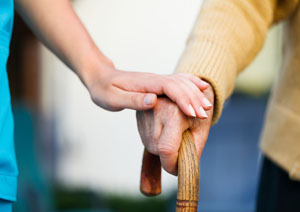
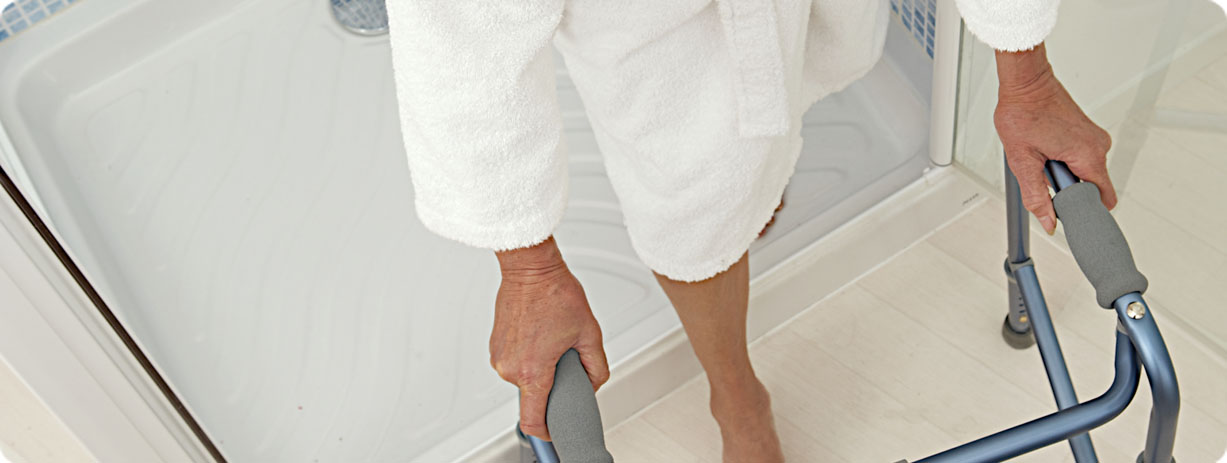
 Fall Prevention – Ageing in place – Staying put – Accessible at Home – Inclusive Space, all are phrases that are being used to address the issue, no – crisis, that is facing us here in Canada.
Fall Prevention – Ageing in place – Staying put – Accessible at Home – Inclusive Space, all are phrases that are being used to address the issue, no – crisis, that is facing us here in Canada.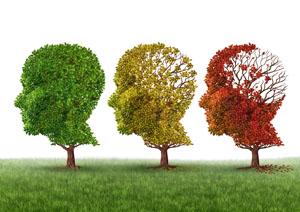
 In this month’s series of blogs at Lesya Dyk O.T. Services – we are giving Alzheimer’s a 360 degree treatment. Occupational therapists have an important role in helping clients who have been diagnosed with Alzheimer’s dementia live their lives as functionally and productively as possible.
In this month’s series of blogs at Lesya Dyk O.T. Services – we are giving Alzheimer’s a 360 degree treatment. Occupational therapists have an important role in helping clients who have been diagnosed with Alzheimer’s dementia live their lives as functionally and productively as possible.


 Insomnia is the single most commonly reported health problem in adults, and is often related or co-exists with reports of depression and /or anxiety, Chronic pain, PTSD, and other disorders. What we also know, is that if someone has insomnia, the stress associated with going to sleep, in order to fall asleep keeps mounting.
Insomnia is the single most commonly reported health problem in adults, and is often related or co-exists with reports of depression and /or anxiety, Chronic pain, PTSD, and other disorders. What we also know, is that if someone has insomnia, the stress associated with going to sleep, in order to fall asleep keeps mounting.